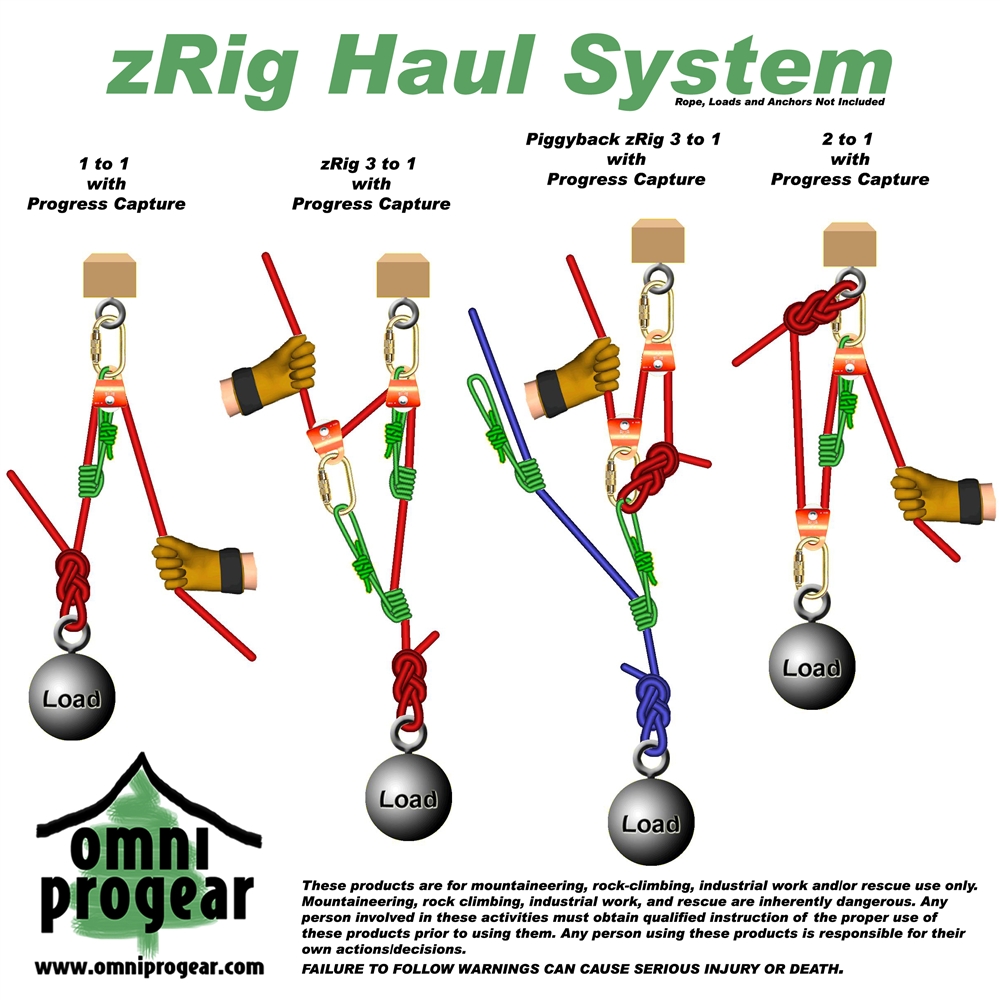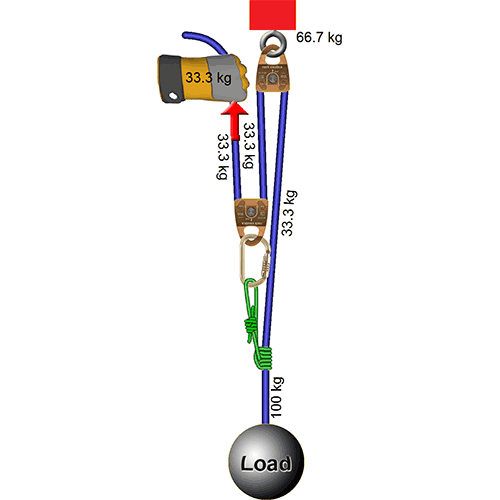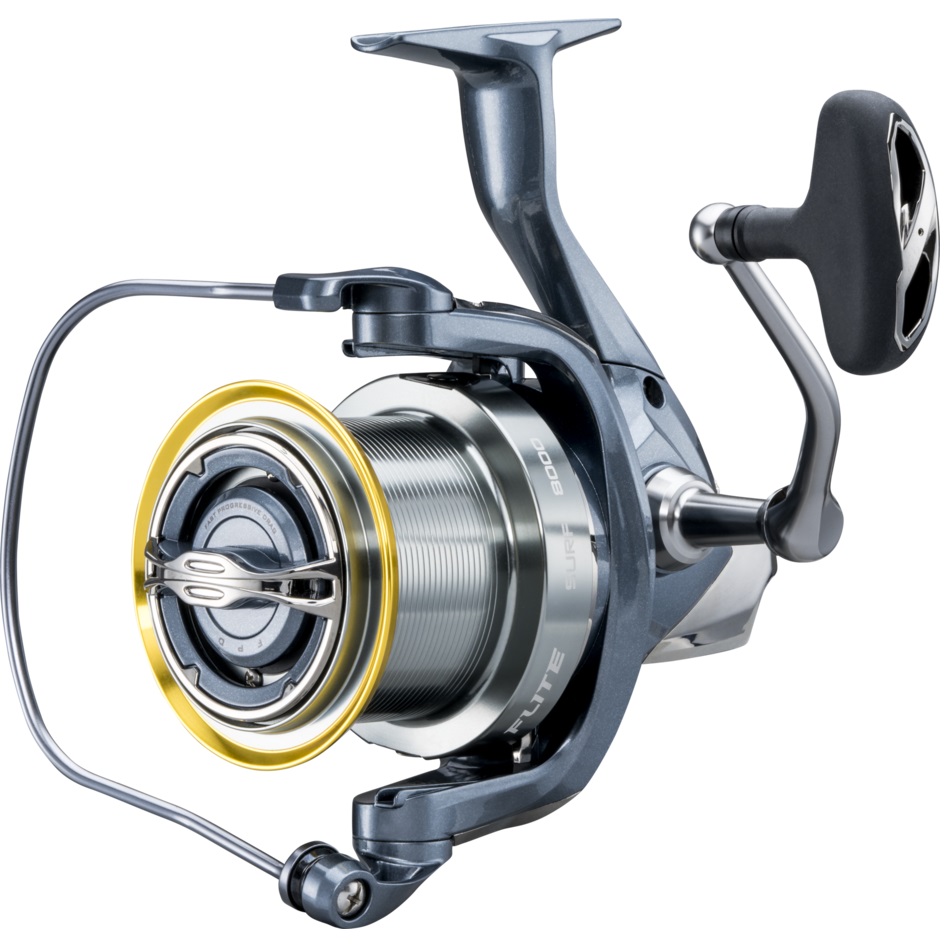Rope Rescue Presented by WPAFB FD. - ppt download

Objectives Demonstrate the following: Knowledge of rope types & strengths Tying basic knots Knowledge of rope software & hardware Knowledge and use of anchoring points Constructing mechanical advantage systems Basket operations
Rope Rescue Presented by WPAFB FD
Knowledge of rope types & strengths. Tying basic knots. Knowledge of rope software & hardware. Knowledge and use of anchoring points. Constructing mechanical advantage systems. Basket operations.
Rescue Technician Instructor Guide, Department of Defense Fire Academy. Fire Service Rescue, Sixth Edition, IFSTA. NFPA 1670, Standard on Operations and Training for Technical Rescue Incidents, 1999 ed. NFPA 1006, Standard for Rescue Technician Professional Qualifications, 2001 ed. PHTLS, Mosby, Fourth Edition.
Fiber bundles run parallel. Stretches no more than 20% Known as low-stretch rope Dynamic Kern mantle. Made of twisted strands. Stretches as much as 60% Known as high-stretch rope
Tensile or Breaking Strength. 7/16 – 6,000 lbs. 1/2 – 9,000 lbs. 5/8 – 13,000 lbs. Working Strength = Tensile / 15.
Class 1 (Light use) – One person life safety rope w/ > 300 lbs working strength. Class 2 (General use) – Two person life safety rope w/ > 600 lbs working strength. Note: Life Safety Rope must have an internal tracer tape indicating compliance.
Inspect by looking and feeling. New ropes inspected and a rope log created. Rope should be retired based on experience and good judgment, used in conjunction with education. Store IAW manufacturer’s recommendations and to avoid degradation from the environment. sun, heat, exhaust, acid, hot concrete. Rope can be washed by hand with a commercial rope washer or in a laundry machine.
Water Knot. Used to join two ends of webbing. Bowline. Used as a Rescue Knot or to hoist tools.
Around an object. Over an object. Double Fisherman. Used to create a prussic hitch.
Follow through – around an object. Double loop – for a dual anchor point. Inline – as a anchor point.
Basic Rescue knots. Grog s Search & Rescue Knots.
Webbing. Flat or Tubular. Used in place of or with rope. Strength. 1 = 4,500 lbs tensile. 2 = 6,000 lbs tensile.
Harnesses. Constructed of sewn webbing. Types: NFPA/ANSI Class I – seat style for emergency escape. NFPA Class II/ANSI Class IV – seat-style for rescue. NFPA/ANSI Class III – full body. Note: Only full body harnesses should be used when there is any likelihood that the rescuer will be turned upside down.
Carabiners. Constructed of steel or aluminum. Used to connect rope/webbing to objects. Types & Strengths: Steel – 6,700lbs tensile. Aluminum – 5,500 lbs tensile. Figure Eights. Constructed of aluminum. Used for descent control. 20,000 lbs tensile. All equipment should be 1983 compliant.
Ascenders. Constructed of aluminum. Used for descent control and climbing. 2,500 lbs tensile. Pulleys. Used for mechanical advantage systems or change of directions. May be single or multi sheave.
Prussic cords. Formed using 6 to 9mm kern mantle rope. Ends connect using a double fisherman knot. Used in place of an ascender. Slings. Formed from nylon webbing w/ sewn in loops. Used to secure rope to an anchor point or object being moved. 8 or 9 mm is preferred .
Apparatus (Sturdy components) BFR very big rock. Picket system (difficult) Always have a second/separate anchor point for the backup line.
Lash from the top of the front picket to the bottom of the next one working backwards.
Figure eight follow through. Commercial straps. Never use a girth hitch. Tensionless hitch-object should be at least 4 times the diameter of the rope.
Anchor points Multiple points Load sharing Load distributing
Any angle in an anchor system will increase the loading on anchors and other element of the system. For safety, 90 degrees is the maximum preferred angle, 120 degrees should NEVER be exceeded. Factors for the angle formed by the legs of the anchor in a two point anchor system. 30 degrees = degrees = degrees = degrees = degrees = degrees = degrees is the critical angle because each leg is holding 100% of the load.
The greater the angle of the re-direct, the less the force exerted on it. Never <90 degrees. Should be >120 degrees. Factors for the angle of the re-direct. 150 degrees = degrees = degrees = degrees = degrees = 2.
--540 Belay -- Gibbs. (Two person) (One person)
A fall factor of .25 is preferred. Fall factor = 10 feet of fall / 10 feet of rope. Fall factor = 20 feet of fall / 10 feet of rope.
Mechanical Advantage – the relationship between how much load can be moved, to the amount of force it takes to move it. Simple – 2-1, 3-1 (modified Z-rig), 4-1 (block & tackle), 5-1 (modified Z-rig) Compound – using two simple systems together multiply the advantage (3-1 & 3-1 = 9-1) The two most used systems are the 3-1 (modified Z-rig) and the 4-1 (block & tackle)
Simple Haul Systems 2 to 1
Simple Haul Systems 3 to 1
Simple Haul Systems 4 to 1 block & tackle
Compound Haul Systems 6 to 1
Compound Haul Systems 9 to 1
Lash the basket from the bottom to the top with webbing or rope.
Victim needs to be packaged. Lowering device should be a general use brake bar rack for any two person load.
System safety checks. 3 person checks (1 being the Safety Officer) More people involved. basket tenders, edge tenders, brake operators, belayer, team leader, haul captain, safety officer. Position of basket for lower. Horizontal. Vertical.
One main line, one belay line for litter. One litter tender. Advantage: simpler rope work and brake management. Single bridal shown.
Makes using a second tender easier. Beneficial when it’s necessary to negotiate litter through obstacles or confined spaces. Allows easy changeover from horizontal to vertical. Two point bridal shown.
Basket Lowers Attaching basket to litter Two-point bridles
To position litter in a confined space. Prevent snagging on overhangs. Holds litter away from the wall. Stops spinning in free-hanging operations. Helps get the litter over the edge.
Newton’s first law of motion – A body at rest will remain at rest and a body in motion will remain in motion unless acted upon by some outside force. Examples: the ground or gravity etc… Newton’s law of conservation of energy – Energy cannot be created or destroyed but can be changed in form. Types of energy: mechanical, thermal, electrical & chemical. Examples: Transfer of energy during a car accident.
Examples: 30 mph = 67,500 KE units. 30 mph = 72,000 KE units. 40 mph = 120,000 KE units. Velocity/speed increases the production of KE more then mass.
Both result from one organ or object changing speed faster then another organ or object.
Direct in-line compression – crushes the vertebrae. Hyperextension – from neutral backwards. Hyperflexion – from neutral forwards. Lateral flexion – side to side. Rotation.
Thorax – The sternum receives the initial energy exchange and the internal organs continue to move until they strike the inside of the chest cavity. Aortic tear (partial or complete) 80% die on scene. 1/3 of remaining 20 % die in either 6 hrs, 24 hrs or 72+ hrs. Pneumothorax (tension) Flail chest – 2 or more broke ribs in 2 or more locations. Cardiac contusion. Lung contusion.
Kidneys, spleen, small and large intestines. Liver - The Ligamentum Teres (remnant of the uterine vessels) attaches to the anterior abdominal wall at the umbilicus and to the left lobe of the liver. Pelvic injuries. Diaphragm.
Velocity increases with height. Landing surface. Compressibility (ability to deform by energy transfer) What hit first Feet – Bilateral heel bone, ankle or distal Tabular/fibula fractures. Legs - After the feet stop, the legs absorb the energy = knee, femur and hip fractures. Spine – Flexion causes compression fractures to the thoracic and lumbar area from weight of head and torso. Hands – bilateral wrist fractures. Head (shallow diving injury) – All the weight from the moving torso, pelvis and legs are focused on the head and cervical spine, compressing and fracturing the c-spine.
Fall protection for all personnel working in elevated positions. Redundancy. Safety Checks. Safety Officer. Bunker gear is not always the best option for ppe, duty uniform rescue helmets gloves glasses are preferred. Always have a backup line, system and plan. Always have at least three people check and system, and load test all anchors. Safety officer should be a tech.
Have each student tie the following knots with safety knot. Water knot. Bowline. Clove Hitch. Clove Hitch around an object. Clove hitch over an object. Split clove hitch. Figure Eight family. Figure Eight - on a bight. Figure Eight - follow through. Figure Eight - double loop. Figure Eight - inline. Double fisherman. Have each student demonstrate the following methods of anchoring to an object. Single point with rope and webbing. Tensionless with rope. Multiple points. NOTE: The knot tying and anchoring can be done in conjunction with one another.
Divide the students into groups of no more than three or four and have each group demonstrate reeving each of the following using both prussic cords and ascenders. Z-rig Have the students demonstrate using the Z-rig to move an object.
Construct harness with webbing. Lash patient into basket. Miller Half-back. Secure patient using all straps provided.

Electronic Warfare and Radar Systems Engineering Handbook, PDF, Electronic Warfare
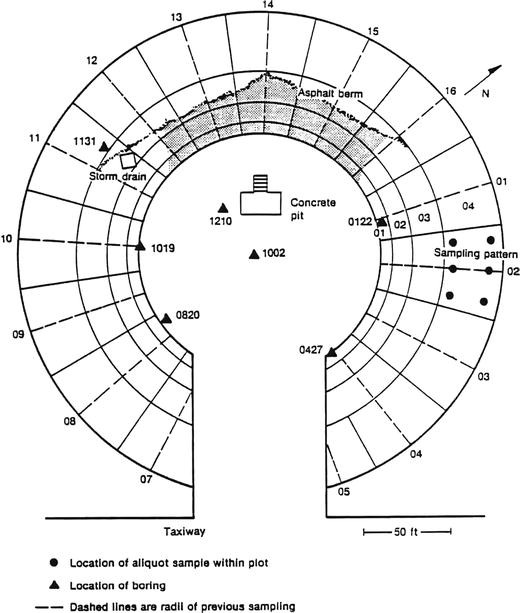
The Testing of Aerial Spray Equipment, and Ecological Impacts of the Programs at Eglin Air Force Base, Florida

Rope Rescue Presented by WPAFB FD. - ppt download
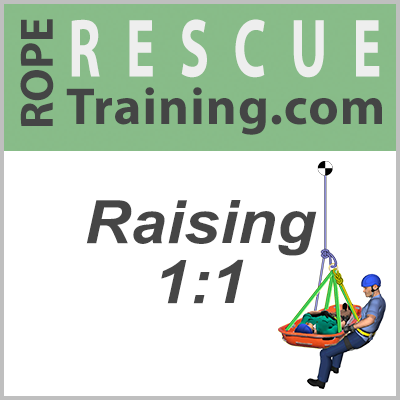
Rope Rescue 1:1 System

Oregon Research: Projects, Research Publications, Presentations, Thesis and Dissertations, Technical Publications

Training Minutes: Search Rope Management - Firefighter Training Video
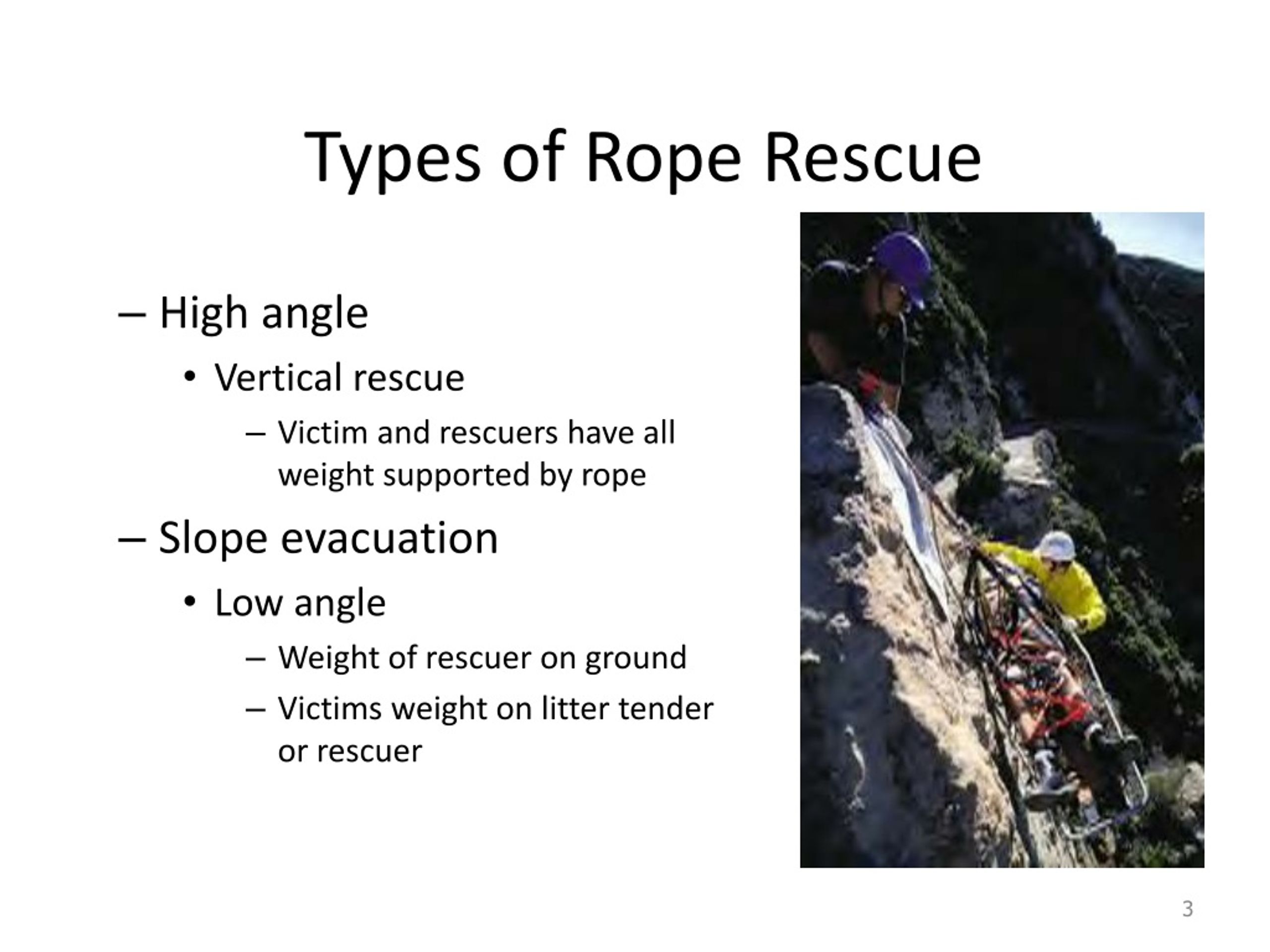
PPT - ROPE RESCUE PowerPoint Presentation, free download - ID:8985097
Rescue PowerPoints - Absolute Rescue
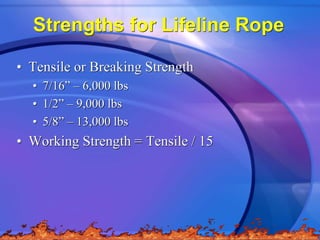
Rope_PP.ppt

Status and Prospects of Electromagnetic Scattering Echoes Simulation from Complex Dynamic Sea Surfaces and Targets

Status and Prospects of Electromagnetic Scattering Echoes Simulation from Complex Dynamic Sea Surfaces and Targets

Publications abstracts - Vapourtec

Master the Art of Rope Rescue

Rope Rescue Presented by WPAFB FD. - ppt download

Firefighters learn rope rescue techniques
